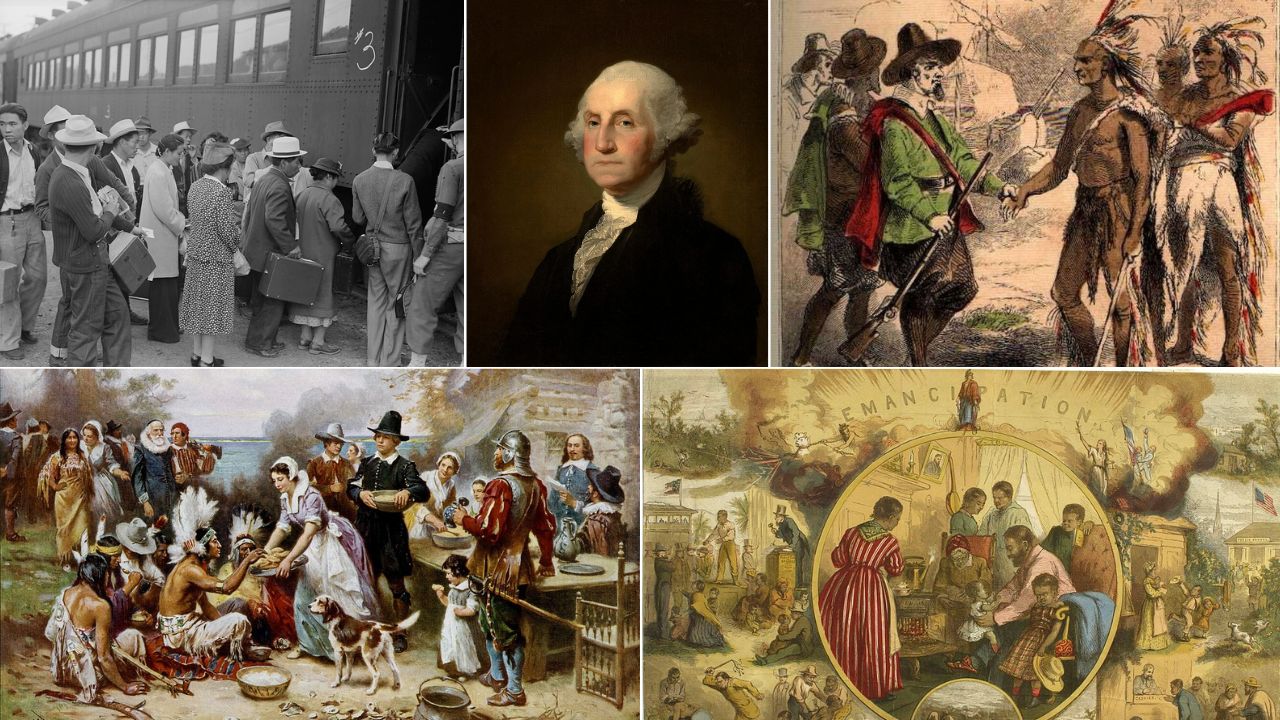American history is packed with amazing stories, but some popular tales are more legend than fact. Busting myths matters because it helps teens read the past with clear eyes and spot how culture, law, and power actually worked. Below are 12 common misunderstandings, each paired with dates, documents, or data. The goal is not to ruin good stories, but to make them better by keeping them true. When you know what really happened, you can argue smarter and tell sharper, more honest history. Sources include court rulings, treaties, and museum research.
1. Columbus Discovered America
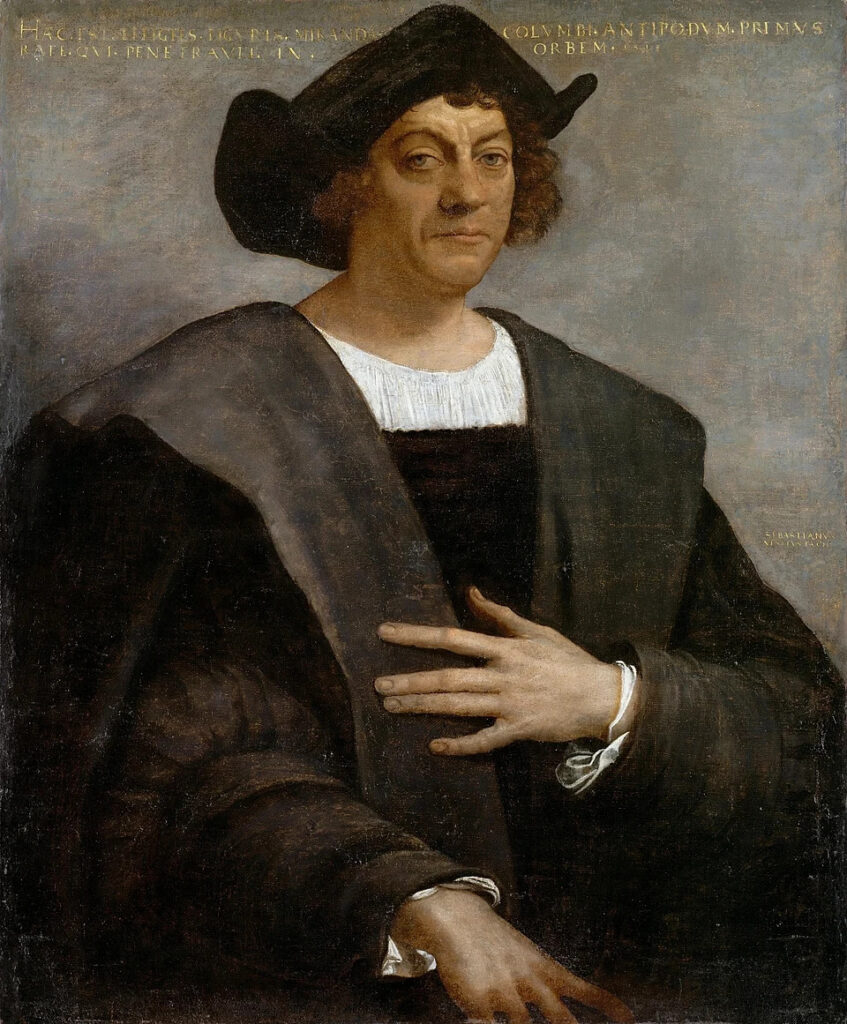
Myth: Columbus discovered America. Reality: Indigenous peoples lived across the Americas for thousands of years, building cities, trade networks, and complex governments. Columbus reached Caribbean islands in 1492 while seeking a new route to Asia. Norse sailors, including Leif Erikson, reached North America around the year 1000. Columbus did begin sustained European colonization, but he did not find an empty land. His voyages also brought conquest, disease, and forced labor that transformed both hemispheres.
2. The First Thanksgiving Looked Like Today
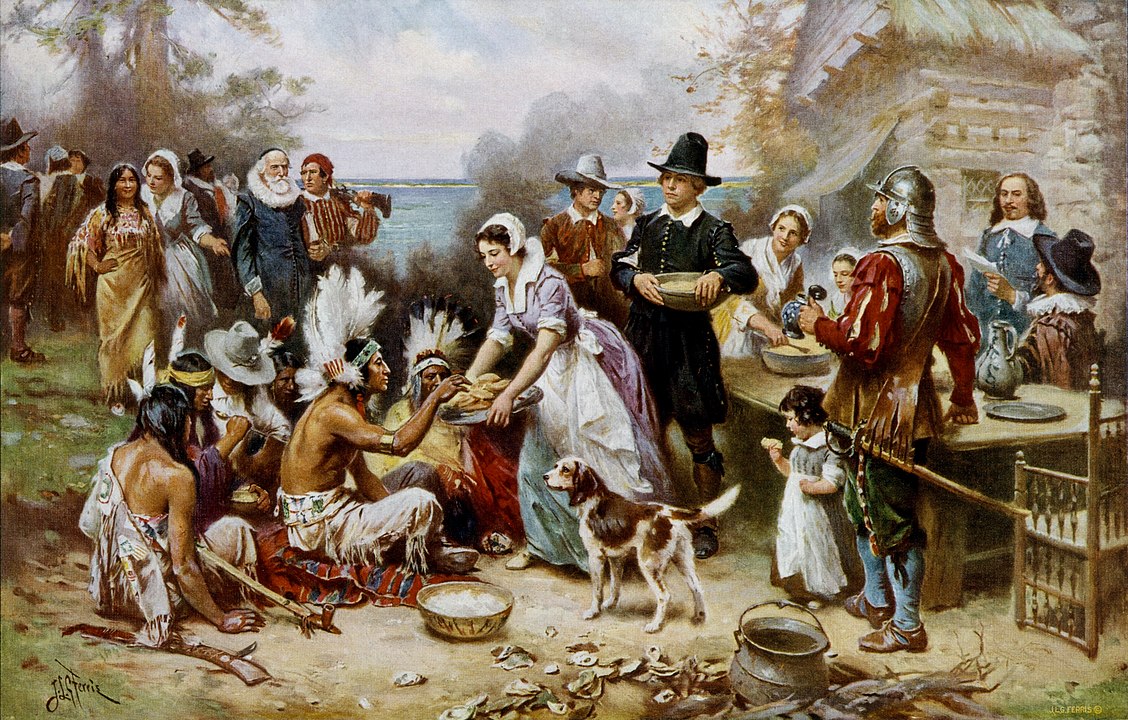
Myth: The first Thanksgiving looked like a modern holiday feast. In 1621 the Wampanoag and Plymouth colonists marked a harvest with diplomacy, hunting, and seasonal foods like venison and corn, not pumpkin pie or sweet potatoes. It was not an annual national event. Abraham Lincoln proclaimed a national Thanksgiving in 1863 during the Civil War. The familiar menu and cozy family traditions grew later, shaped by regional cookbooks, school lessons, and holiday marketing. Football games and parades are 20th century add-ons, not part of the 1621 gathering.
3. George Washington Had Wooden Teeth
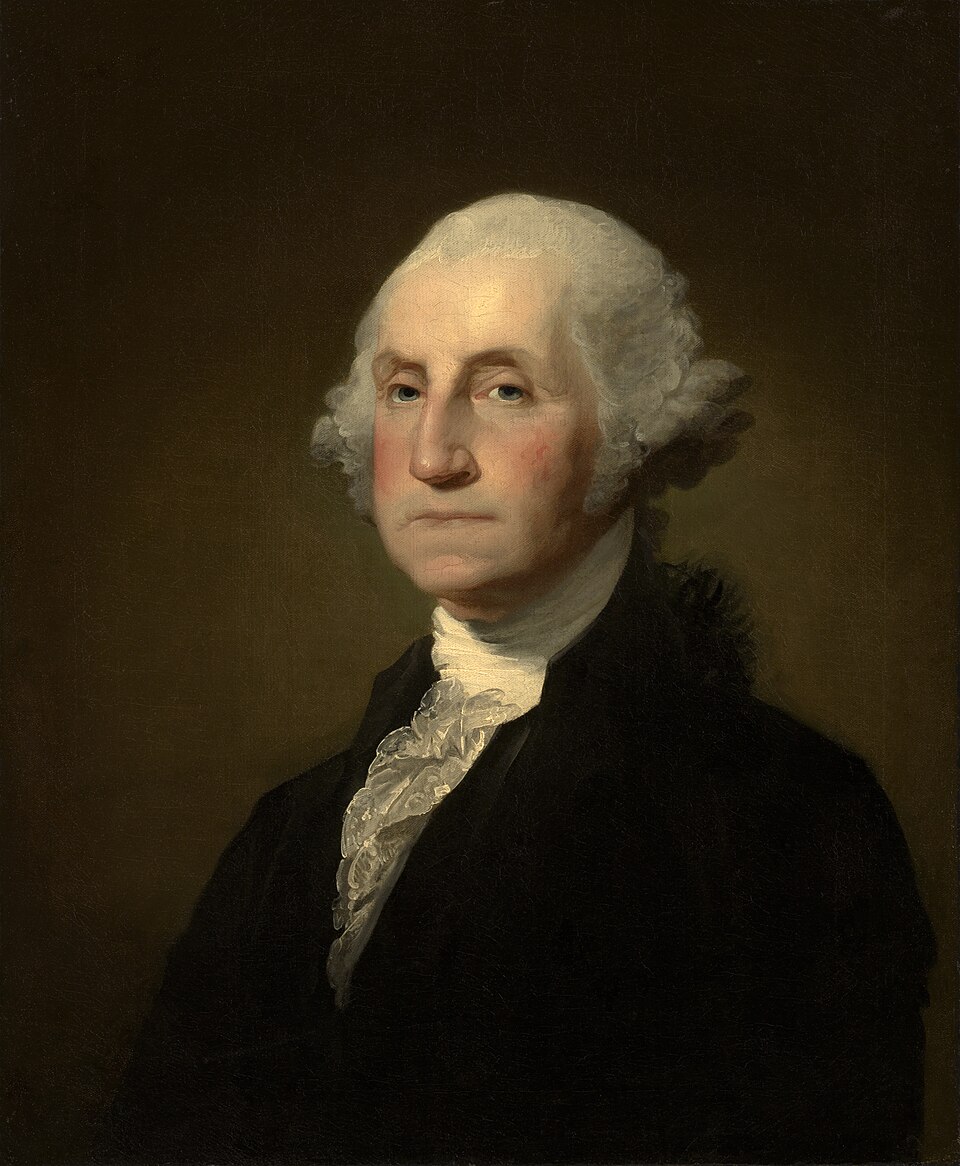
Myth: George Washington had wooden teeth. He actually wore dentures made from materials like human teeth, ivory from animals such as hippopotamus, and metal springs. Years of illness and tooth loss made them uncomfortable and visible in portraits. The wooden story likely spread because stained ivory can look like wood. The real lesson is how 18th century dentistry worked and how status and pain coexisted. Washington still hosted guests while managing difficult, expensive dental care. Museums preserve several of his partial sets, showing intricate hinges and hand-carved plates.
4. Paul Revere Rode Alone
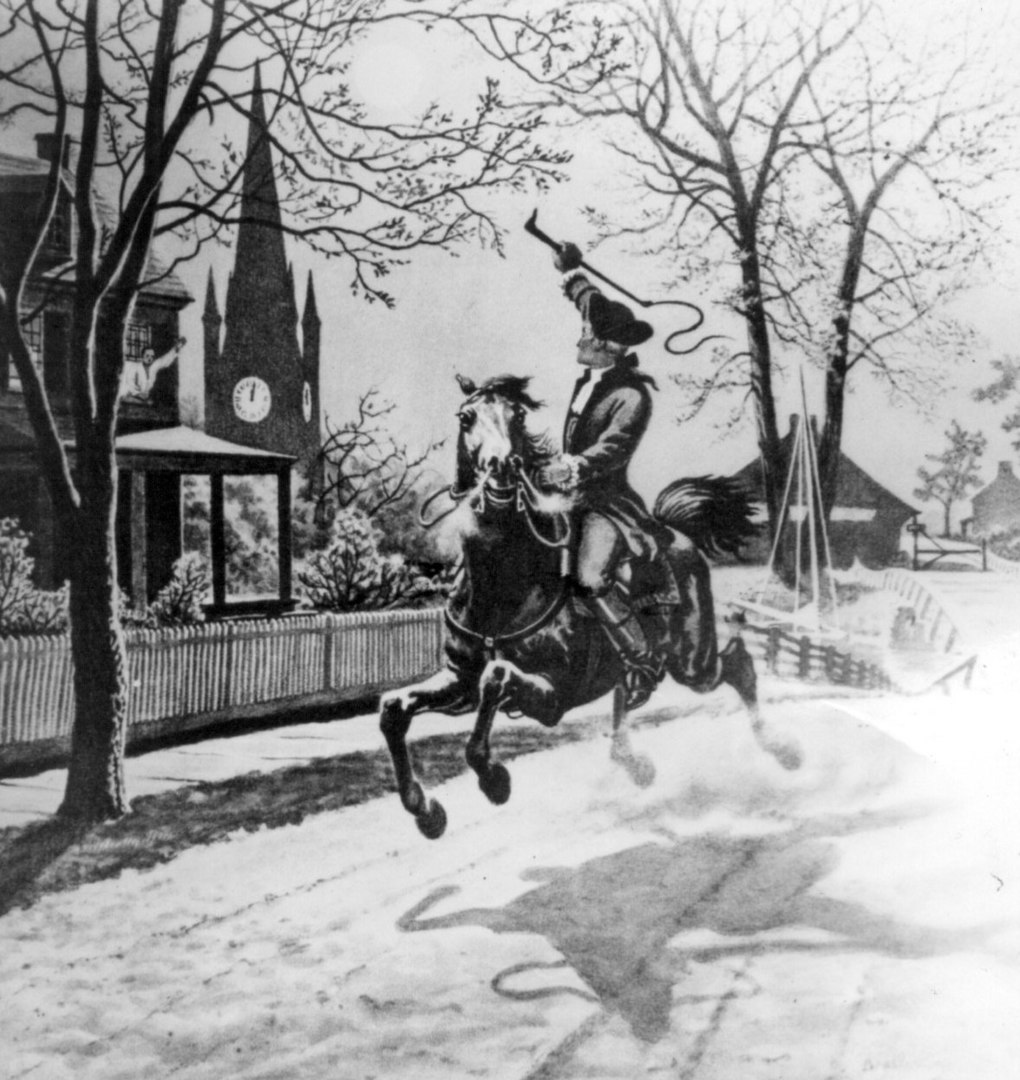
Myth: Paul Revere rode alone shouting the British are coming. On April 18, 1775, multiple riders spread alarms, including William Dawes and Samuel Prescott. Revere helped arrange lantern signals in Boston so patriots would know the route, then he was detained before reaching Concord. Most colonists still identified as British, so riders warned that regulars were out. What worked was a network of church bells, militia captains, and back roads, not a single midnight hero. The coordinated system explains how farmers mustered quickly at Lexington and later at Concord’s North Bridge.
5. The Revolution Had Unanimous Support
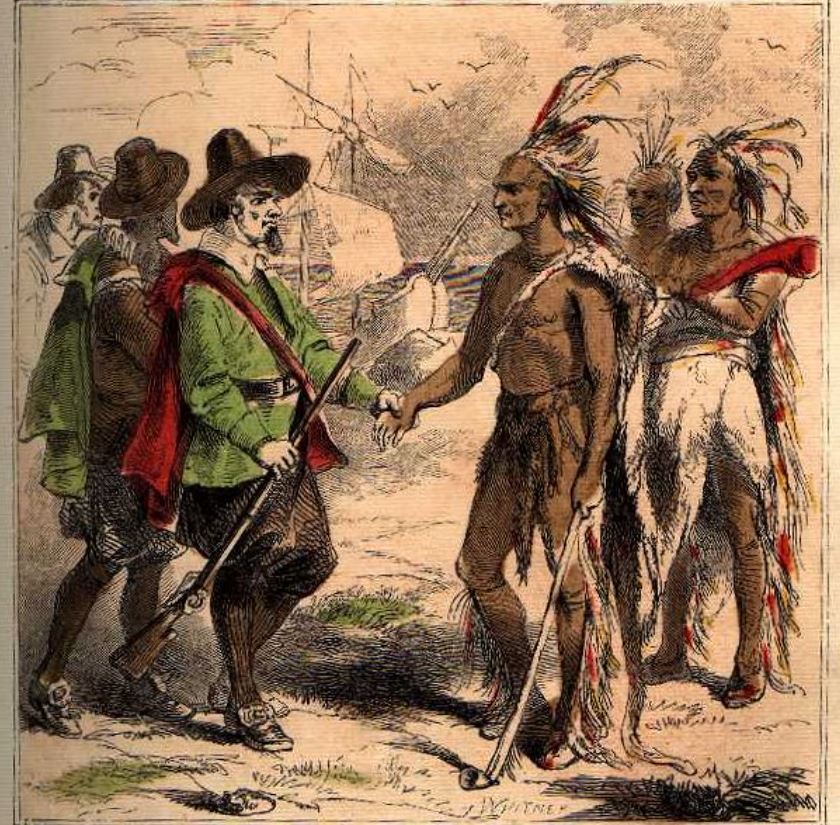
Myth: Americans were united behind the Revolution. In reality, communities split among Patriots, Loyalists, and many who tried to stay neutral. Historians estimate that perhaps one in five white colonists remained loyal to the Crown. Families quarreled, neighbors intimidated neighbors, and violence sometimes targeted property or people. After independence, tens of thousands of Loyalists left for Canada, Britain, or the Caribbean. The war was both a struggle with an empire and a civil conflict at home.
6. The Civil War Was Not About Slavery
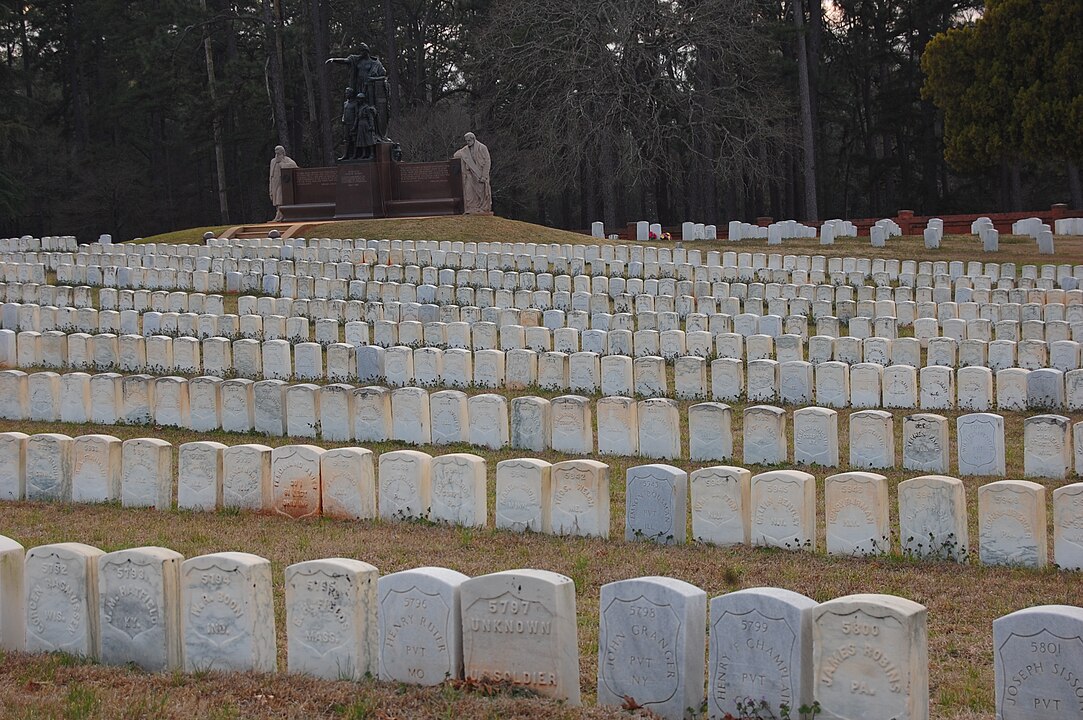
Myth: The Civil War was mainly about states’ rights or tariffs. Primary sources tell a clearer story. Declarations of secession repeatedly cite the defense of slavery as the reason for leaving the Union. Confederate Vice President Alexander Stephens called slavery the cornerstone in 1861. Economic disputes existed, but enslavement was central. Understanding this helps explain why emancipation and the 13th, 14th, and 15th Amendments were needed to rebuild citizenship. Reading those documents gives teens evidence, not slogans, for classroom debates and essays.
7. The Emancipation Proclamation Freed Everyone At Once
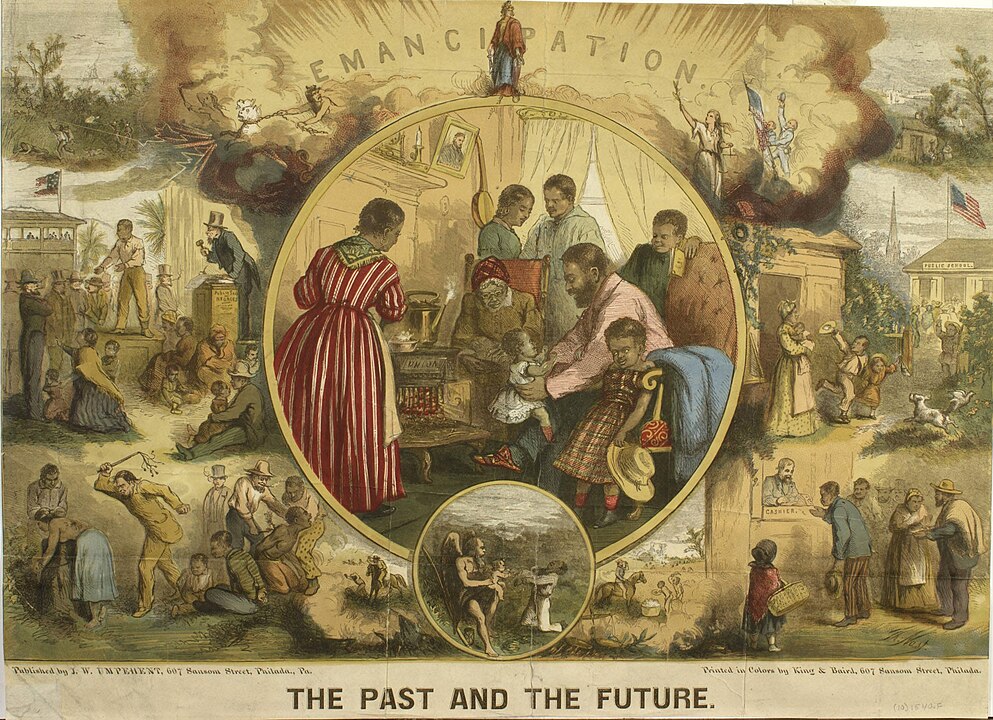
Myth: The Emancipation Proclamation freed every enslaved person immediately. Lincoln’s 1863 order applied to areas in rebellion, not to loyal border states or Union-held zones. Freedom spread as Union armies advanced, then became national with the 13th Amendment in 1865. Local timelines differed, which is why Juneteenth marks June 19, 1865, when news reached enslaved people in Texas. Law, war, and community action worked together to end slavery, not a single document alone. Churches, mutual aid groups, and Black regiments pushed change on the ground while courts and Congress caught up.
8. The Wild West Was Pure Chaos
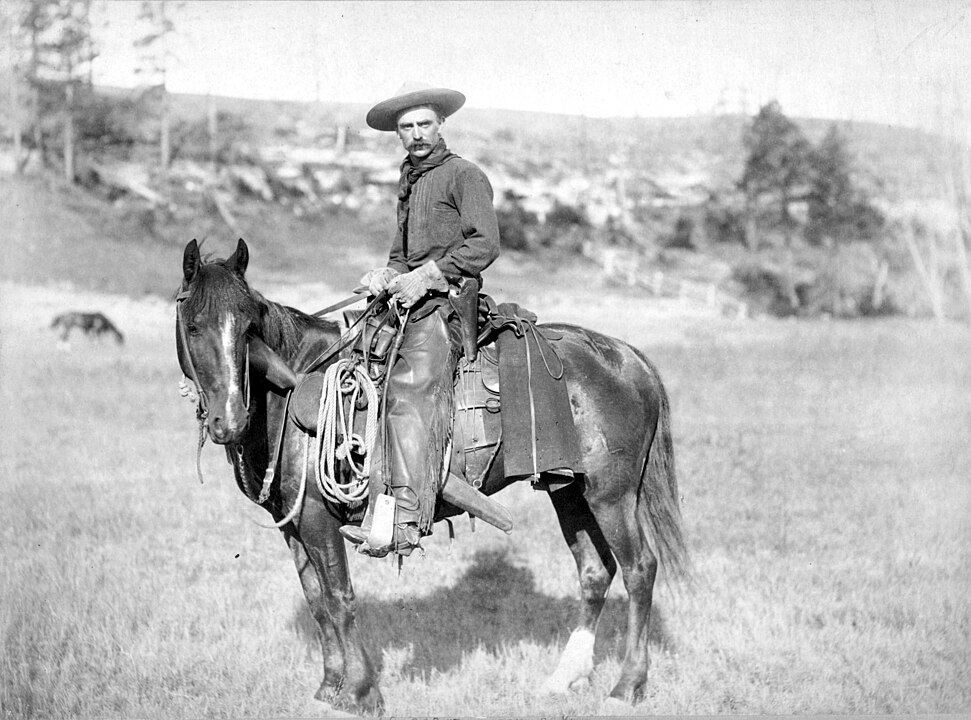
Myth: The Wild West was a nonstop shootout. Frontier towns passed gun ordinances, hired marshals, and built jails because merchants demanded order. Notorious gunfights happened, but daily life centered on cattle drives, freight, mining, and rail schedules. Jury trials and newspapers operated in many towns. Seeing the West as mostly orderly also makes space for families, teachers, and shopkeepers who kept communities running between headlines and dime novels, which often exaggerated violence for sales.
9. Only White Settlers Built the West
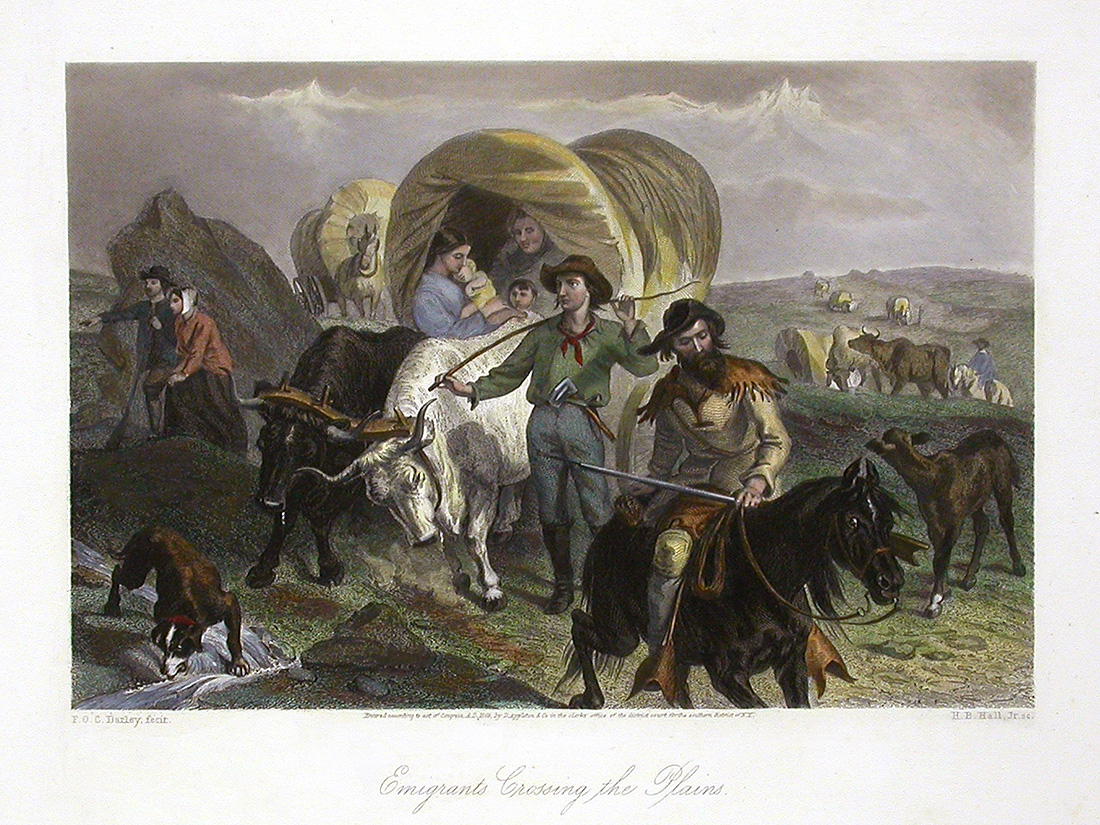
Myth: Only white settlers built the West. About a quarter of cowboys were Black, many were Mexican vaqueros, and Chinese crews blasted railroad tunnels through the Sierra. Native nations traded, negotiated, and resisted across the Plains and Southwest. Women homesteaders filed land claims and ran farms and boardinghouses. When teens picture the full workforce and culture, the region looks less like a movie and more like a diverse economy held together by grit and shared labor. Credit spreads wider when the cast gets larger and more accurate.
10. The New Deal Alone Ended the Depression
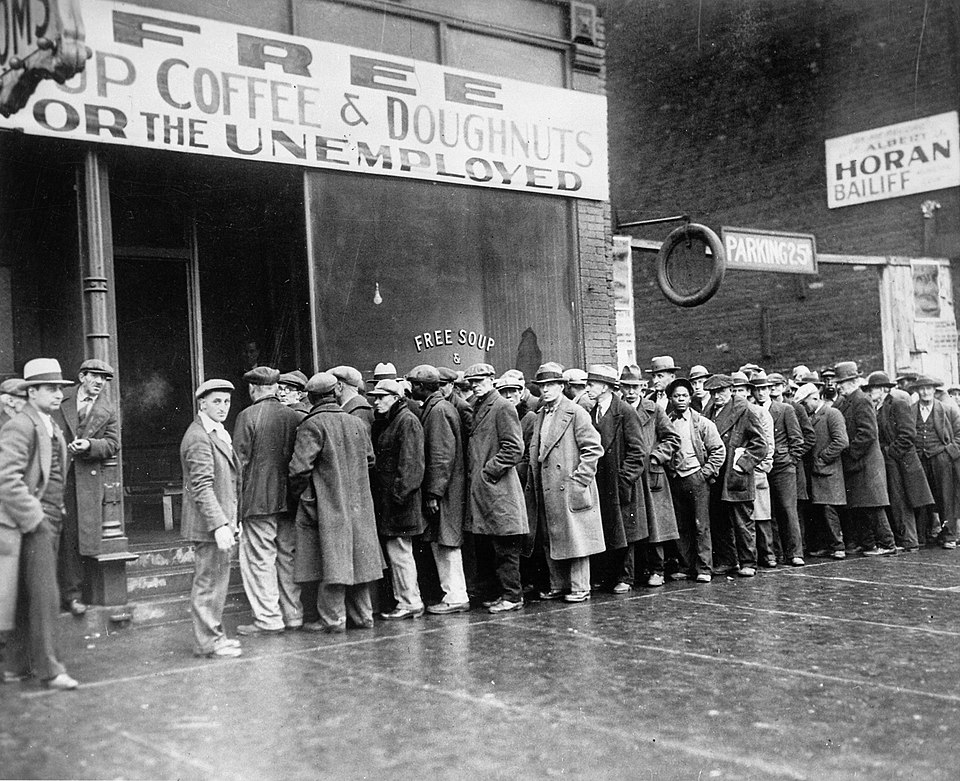
Myth: The New Deal alone ended the Great Depression. Roosevelt’s programs cut hunger, built schools and trails, and created Social Security, yet unemployment stayed stubborn through the late 1930s. Full recovery followed World War II mobilization, when factories hired at scale and wages climbed. The New Deal still mattered by stabilizing banks, regulating markets, and funding art and parks teens use today. It eased the fall while long-term growth returned. Understanding the timeline helps separate relief, reform, and recovery instead of treating them as the same thing.
11. Japanese American Internment Was Necessary

Myth: Internment of Japanese Americans was necessary for security. Investigations later found no evidence of widespread sabotage on the West Coast. Yet by 1942 more than 110,000 people of Japanese ancestry, most U.S. citizens, were forced into camps under federal orders. In 1988 Congress apologized and paid redress through the Civil Liberties Act. Courts and historians have condemned the logic behind Korematsu. The lesson is that fear can warp rights unless the public pushes back. Learning this history equips teens to question emergency policies and ask for evidence, not rumors.
12. Rosa Parks Acted Spontaneously
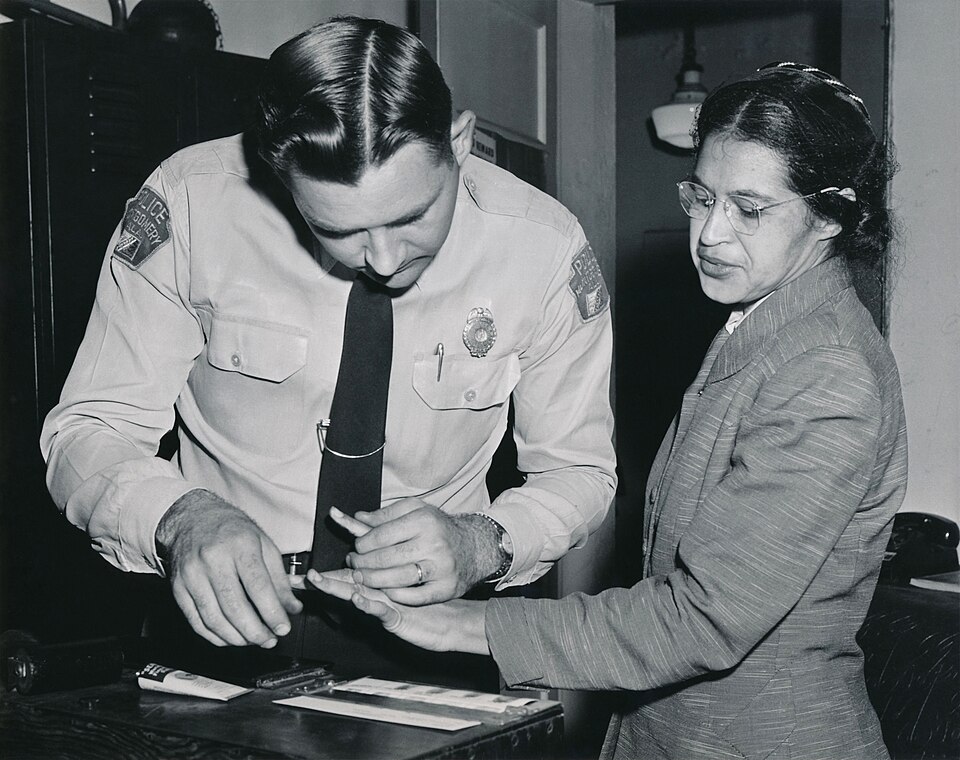
Myth: Rosa Parks refused her seat only because she was tired. Parks was a seasoned NAACP organizer who trained at Highlander Folk School and coordinated with local leaders. Her 1955 arrest became the planned test case that launched the Montgomery Bus Boycott. For more than a year, carpools, church basements, and legal briefs kept pressure on officials until bus segregation fell. Change came from strategy and courage, not luck. Seeing Parks as a strategist helps teens understand how organizing, not just inspiration, drives real policy change.
